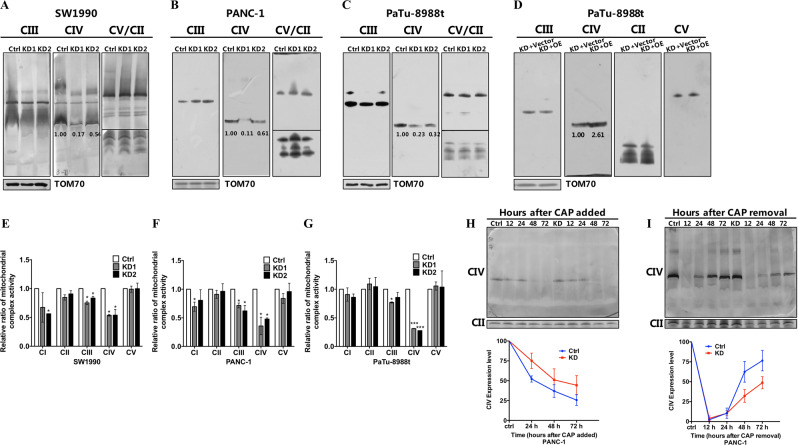Fig. 3. COX6B2 facilitates the assembly of complex IV.
a–d 2 % DDM-permeabilized cells analyzed by BNG, illustrate mitochondria monomer complexes separated in SW1990 (a), PANC-1 (b), and PaTu-8988t (c) cells with knockdown of COX6B2 and COX6B2 re-expression cell line (d). Blots were probed with anti-UQCRC2, anti-COI, anti-SDHA, and anti-ATP5A for complex III (CIII), complex IV (CIV), complex II (CII), and complex V (CV), respectively. e–g The activity of OXPHOS complexes (complex I–V) was measured with mitochondria isolated from SW1990, PANC-1, PaTu-8988t cells with knockdown of COX6B2 and paired control cells. Data are normalized to the activity of citrate synthase and the activity of control cells was taken as 100%. h, i The ability of mitochondrial monomer IV degradation (h) and assembling (i) in COX6B2 KD PANC-1 cells is compared to control cells. To analyze the degradation ability of monomer IV, cells were treated with 40 μg/mL chloramphenicol (CAP) and cell pellets were collected after CAP was added at 24, 48, and 72 h. To analyze the assembling ability of monomer IV, cells were treated with CAP for 7 d, and cell pellets were collected after CAP removal at 12, 24, 48, and 72 h. Blots were probed with anti-MT-COI, anti-SDHA for complex IV (CIV) and complex II (CII) using 2% DDM-permeabilized cells, respectively. Ctrl: cells without treatment of CAP. All data are presented as mean ± SEM (n ≥ 3). *P < 0.05, ***P < 0.001.

